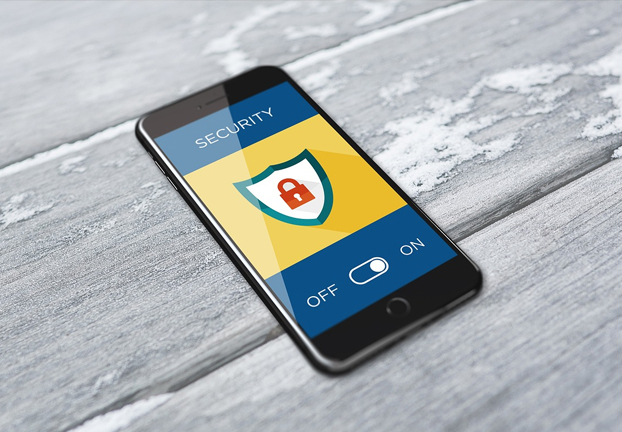McAfee revealed findings from its survey, New Security Priorities in An Increasingly Connected World, showing that despite awareness of the need for cybersecurity, many consumers are not taking proactive steps to keep their personal information protected from identity theft. With the increased volume of attacks and breaches, 61% of consumers surveyed claimed that they are more worried about cybersecurity today than they were five years ago.
Recent McAfee research reveals that 33% of consumers rank protecting their identity as their number one cybersecurity priority ahead of protecting privacy, connected devices, data, and connected home devices.
“2017 was a big year for cybercriminals taking advantage of security holes in corporate networks and downloading lots of personally identifiable information about consumers, and there’s no sign of these attacks slowing down,” said Gary Davis, chief consumer security evangelist, McAfee. “It is now more important than ever for consumers to stay vigilant and take the necessary precautions to help safeguard their online identity and digital lives.”
Despite the growing risk of identity theft and fraud, only 37% of consumers have signed up for an identity theft protection solution. Additionally, 28% of consumers claim that they have no plans to sign up for a service that monitors and helps protect their identity and personal information.
Research indicates that the primary ways consumers rely on monitoring their identity include, checking online bank and credit card accounts for unauthorized charges (67%), checking social media for fraudulent posts (43%), and using credit monitoring services (37%). While these methods can be effective at monitoring, consumers need to understand that they are still vulnerable, and should take advantage of services that not only monitor but also protect against fraud, should it occur. When considering an identity theft protection solution consumers should look for a product that offers cyber monitoring of the dark web, and protection from change of address fraud.
Tips to Stay Safe Online and Protect What Matters Most
- Do the little things. Cybercriminals don’t have to be great at what they do to steal your personal information. Minor tactics like changing default passwords right away, and using unique password can go a long way to prevent your personal information from being stolen.
- Research before you buy. Look up products and the manufacturer before you buy. This simple step could save you from purchasing a product with a security vulnerability. If you find a manufacturer isn’t taking security seriously, then it’s best to avoid.
- Use identity theft protection. An identity theft protection service helps monitor use of your personally identifying information, alerts you of potential problems, and provides insurance against financial losses and recovery tools in the event of ID theft or fraud.
- Keep devices up to date. Updating device and application software when it becomes available from the manufacturer is an important step in personal security. Many new versions of software or operating systems contain specific security updates designed to protect the user.
- Review your account info. Regular reviews of online bank and credit account transactions can help you spot suspicious activities or purchases. If you see something suspicious report it to your financial institution and law enforcement.
















































































































